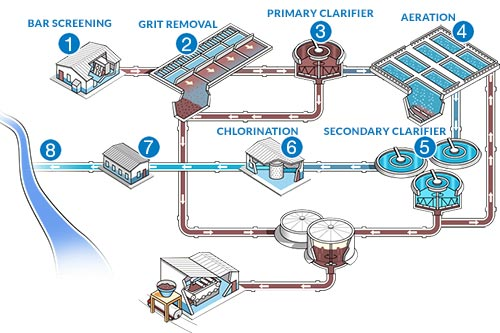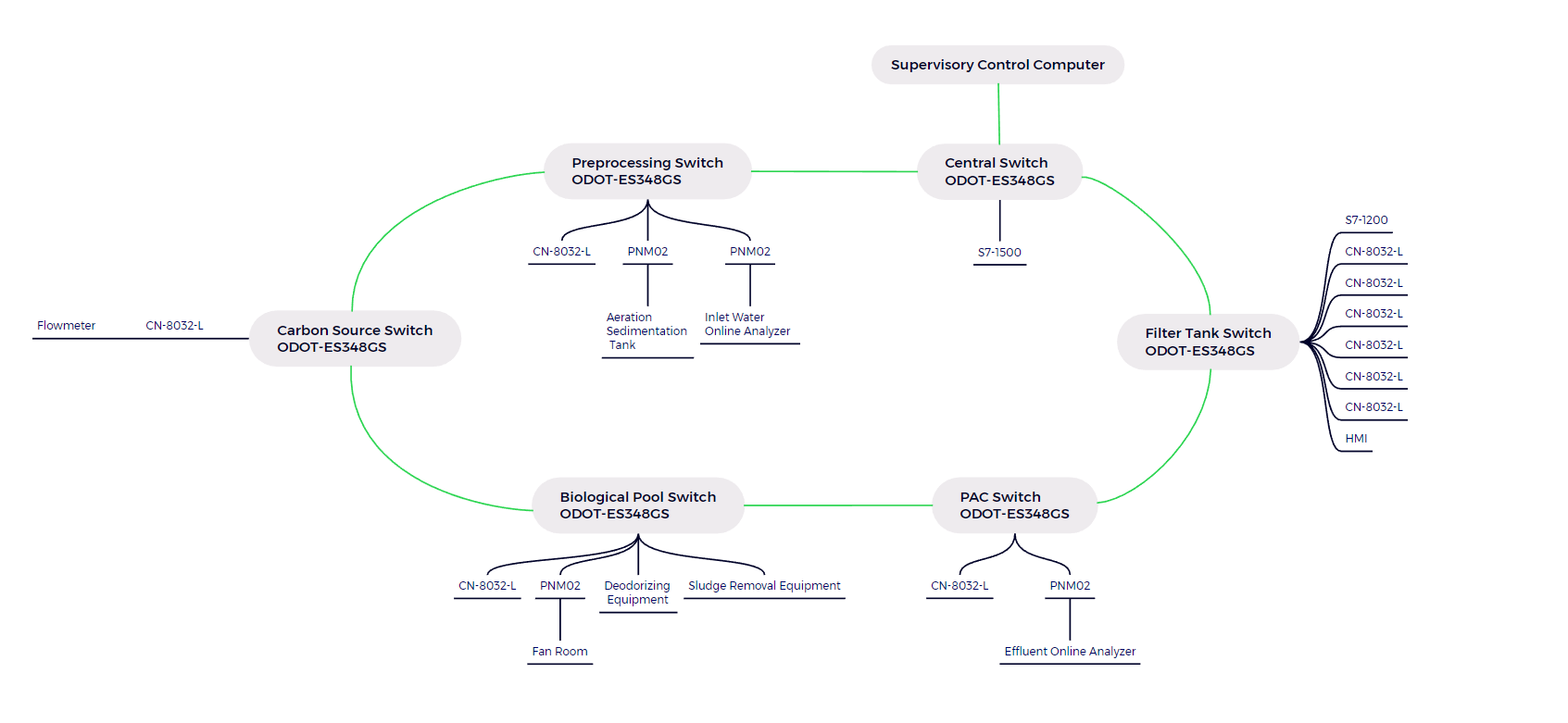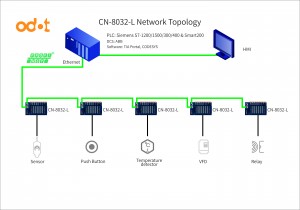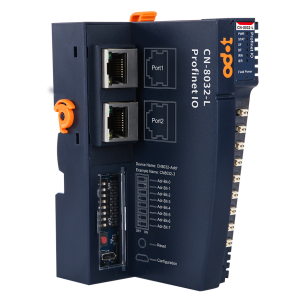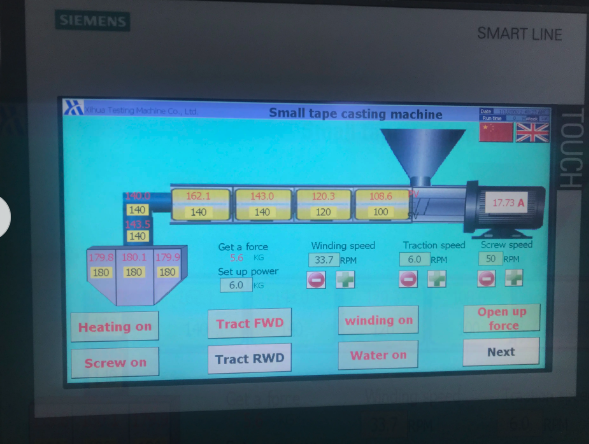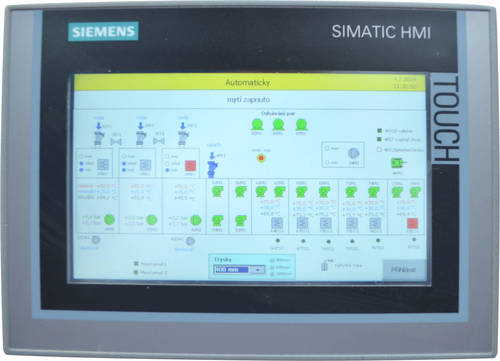As human society and industrial modernization continue to advance, the issue of water scarcity is becoming increasingly severe. Optimizing urban wastewater treatment processes and achieving automated control holds profound theoretical significance and practical value in enhancing wastewater treatment efficiency. This advancement aids in saving costs and improving environmental quality. 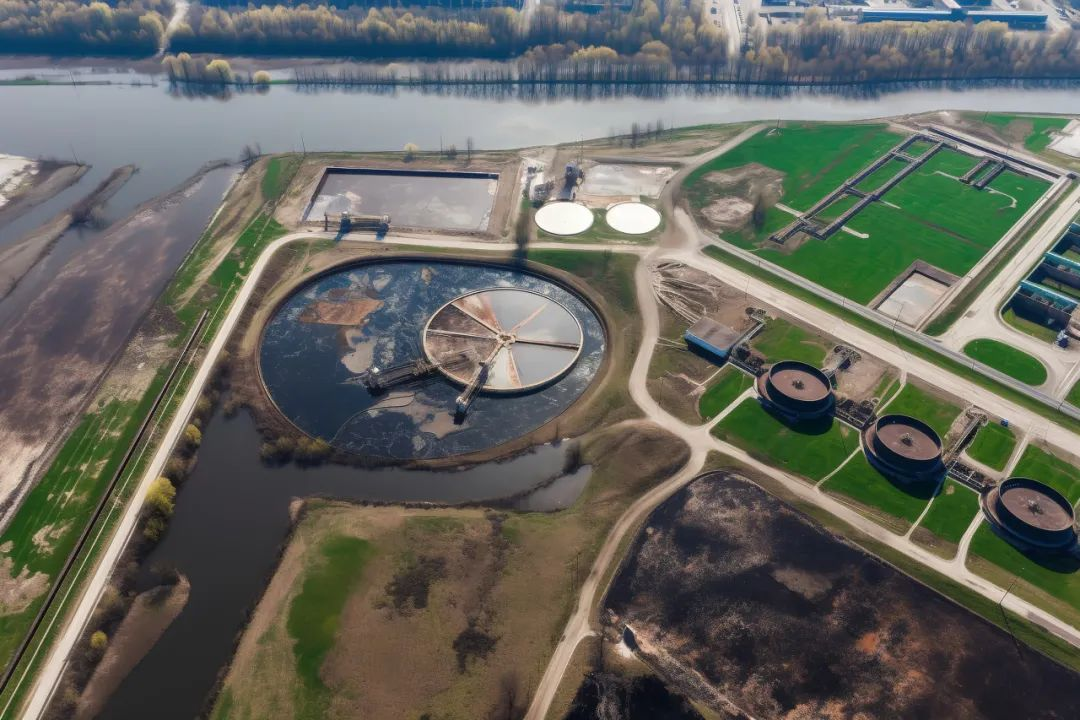
1. Wastewater Treatment Process
The process of wastewater treatment roughly comprises preliminary treatment, biological treatment, and advanced treatment. In the upgrading and renovation of wastewater treatment plants, technological innovation is crucial. The transformation and upgrading of the industry rely heavily on the assurance and support of new technologies and high-tech advancements.
2. Field Case Study
The ODOT C-Series Remote IO is applied in a wastewater treatment plant in a city in Sichuan Province, China, as follows:
The wastewater treatment plant employs Siemens S7-1500 as the main PLC, situated in the central control room. An ODOT ES-Series switch constructs a ring network platform, utilizing CN-8032-L modules as remote stations across various process sections. These modules facilitate data collection and control within each process segment through IO. The collected data is transmitted to the PLC for centralized control via the ring network switch.
The process sections include:
(1) Pre-treatment Section: This section comprises a CN-8032-L module as a remote station. It controls the coarse and fine screens, and aeration settling tanks. Remote start-stop control of the screens is achieved through CT-121F and CT-222F modules. The aeration settling tank, provided by an equipment manufacturer, features a 485 interface supporting standard Modbus RTU protocol. Monitoring and communication with the aeration settling tank are achieved via the CT-5321 module to ensure coordinated operations with the influent and screens.
(2) Carbon Source Addition Section: To ensure compliance with total nitrogen discharge standards, this section automatically configures the medicine liquid by employing multiple flow meters and switch valves. Similar to the pre-treatment section, the station utilizes CN-8032-L as a remote station. CT-121F and CT-222F modules control switch valves. The PNM02 V2.0 gateway collects instantaneous and cumulative flow data from eight flow meters on-site, transmitting it directly to the PLC after integration into the ring network.
(3) Biological Tank/Secondary Sedimentation Tank: These two processes share a single remote station equipped with a CN-8032-L module. Mounted CT-121F, CT-222F, CT-3238, and CT-4234 modules control equipment such as submerged agitators, internal and external reflux pumps in the biological tank, sludge scraping machines, and reflux pumps in the secondary sedimentation tank. The frequency of the remaining sludge pump needs control based on the de-mud interval requirement; thus, variable frequency control is adopted. The CT-3238 module gathers current signals from the frequency converter, while the CT-4234 module outputs 4-20mA signals to control the frequency, facilitating real-time monitoring of ORP, dissolved oxygen, and water quality data.
(4) PAC Dosing Section: Similar to the carbon source addition section, this area includes a CN-8032-L as a remote station. It controls the automatic configuration of the medicine liquid by managing switch valves and monitoring flow meter values.
(5) Fiber Filter Pool: Utilizing a separate control system for advanced sewage treatment, Siemens S7-1200 acts as the main control device. Six sets of filter pools are controlled by six CN-8032-L stations, individually. These stations manage the filter pool systems and communicate data with the central 1500 PLC through S7 communication.
Additionally, there are supporting process sections such as the blower room, de-mud equipment, deodorization equipment, and influent/effluent online monitoring.
3. Complete Solution Introduction
The blower room utilizes a complete set of fans provided by an equipment manufacturer, supporting the Modbus-RTU communication protocol. Due to the extensive data volume from the fans, using CT-5321 slots is restricted. Therefore, for fan data in this project, the PNM02 gateway is employed for data collection. It gathers data from a total of five sets of fans, consolidating the data collection through a single gateway and integrating them into the network.
The online monitoring instrument for inlet and outlet water only offers a single set of 485 equipment interfaces for communication. However, it needs to be simultaneously collected by the host computer and the DTU terminal. This is where our ODOT-S4E2 gateway comes into play. The gateway provides four independent serial ports. Serial port 1 is set as the master station for collecting data from the inlet and outlet water monitor. Serial port 2 acts as a subordinate station providing data for the DTU device to read. Simultaneously, the gateway offers converted Modbus TCP protocol for the host computer to retrieve data.
By adopting advanced wastewater treatment processes and automated control technologies, the wastewater treatment plant has achieved efficient, stable, and environmentally friendly operations. ODOT Remote IO has provided strong support for the factory’s upgrade and renovation. Simultaneously, through technological innovation and industry transformation, the wastewater treatment plant has made significant achievements in enhancing wastewater treatment efficiency, saving costs, and improving environmental quality.
That’s all for this edition of #ODOTBlog. Looking forward to our next sharing!
Post time: Jan-10-2024


